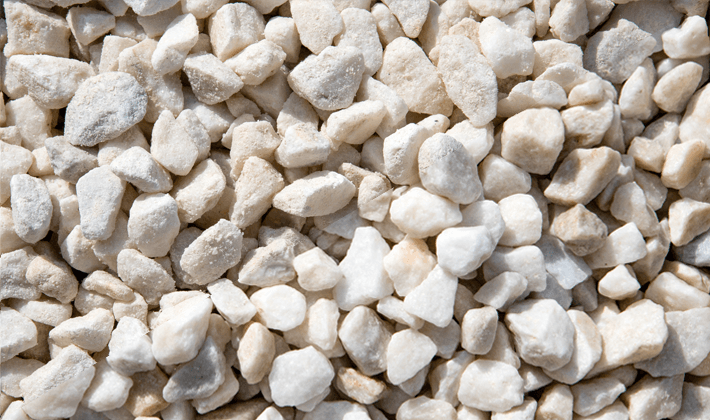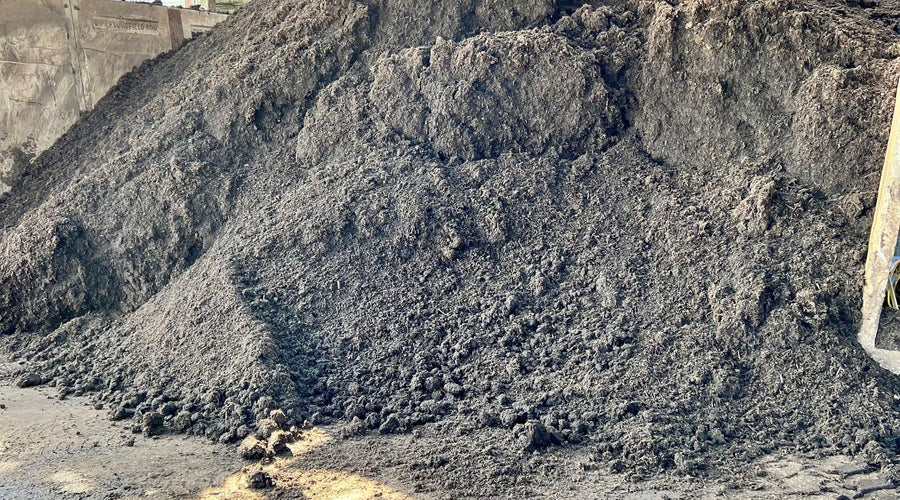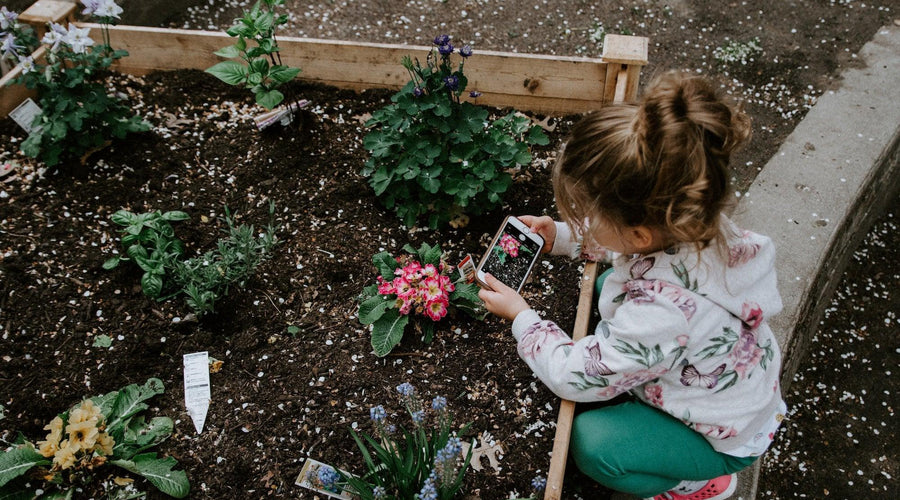News
Shingle Magic: Enhancing Your Garden with Gravel
To enhance the visual appeal of your garden, consider using shingle (or gravel) as a versatile and cost-effective mat...
No-dig method how to do it and what to expect.
No-dig gardening is a sustainable and low-maintenance method of gardening that involves creating healthy soil without...
Companion Planting: Elevate Your Garden's Health with Heritage Products
Gardening is a blend of science and art, and it's all about fostering a thriving ecosystem where plants can flourish....
Winter Wonderland: A Planting Guide for January and February
Winter garden bliss awaits! Our guide for January and February unveils blooming beauty. Create your own wonderland with our handy tips and adivce.
Compost: Cultivating a Greener Tomorrow Peat-Free
Transform your garden with Heritage Products' peat-free compost, championing sustainability. Choose a greener future for a thriving garden and planet.
Garden Bliss: Family and Furry Friends
Craft a pet-friendly garden with designated play areas, secure boundaries, and pet-safe plants. Heritage Products offers quality solutions for soil and mulch, ensuring a beautiful, safe space for everyone. Happy Gardening!
Guide to building a fire using Kiln Dried Logs
Learn how to build the perfect stack of logs in your fireplace with kiln-dried logs, kindling, and natural firelighters. This step-by-step guide covers everything from clearing out your fireplace to enjoying a cozy fireside atmosphere. Ensure good airflow, even burning, and safety as you create the perfect fire for relaxation
Kiln Dried Logs: Welcome to the World of Fire
Discover the magic of kiln dried logs in our guide, where we uncover their undeniable advantages for cleaner, hotter, and more efficient fires. Whether you're a seasoned fire enthusiast or new to wood-burning, our tips and insights will help you make the most of the upcoming log season, ensuring a cosy and efficient fireside experience this winter.
Allotments: Nurturing Green Growth with Heritage Products
Discover the joys of UK allotment gardening, a space where community and fresh produce flourish. Learn to overcome challenges, maintain your plot, and maximize your harvest with Heritage Products' Compost Soil Conditioner.
Ecoal: Embracing The Sustainable Choice for Eco-Friendly Heating
In our pursuit of sustainable living, Ecoal stands as an innovative heating solution, created from crushed olive stones. Discover its eco-friendly advantages and efficient warmth, redefining the way we keep cozy. Join us on this journey towards a greener, warmer future with Ecoal.
Embracing Garden Allies: Creepy Crawlies and More
Cultivating a Thriving Garden Ecosystem: Embrace the Heroes of Your Garden! 🌿🐝🦋 Discover the vital roles of bees, ladybirds, butterflies, earthworms, and more in maintaining a flourishing garden
Perfect Pair: Worms and Compost Unite for Garden Glory!
Discover the Marvels of Worms in Your Garden with Heritage Products' Compost Soil Conditioner & Woodland Mulch. Thriving Gardens Await!















